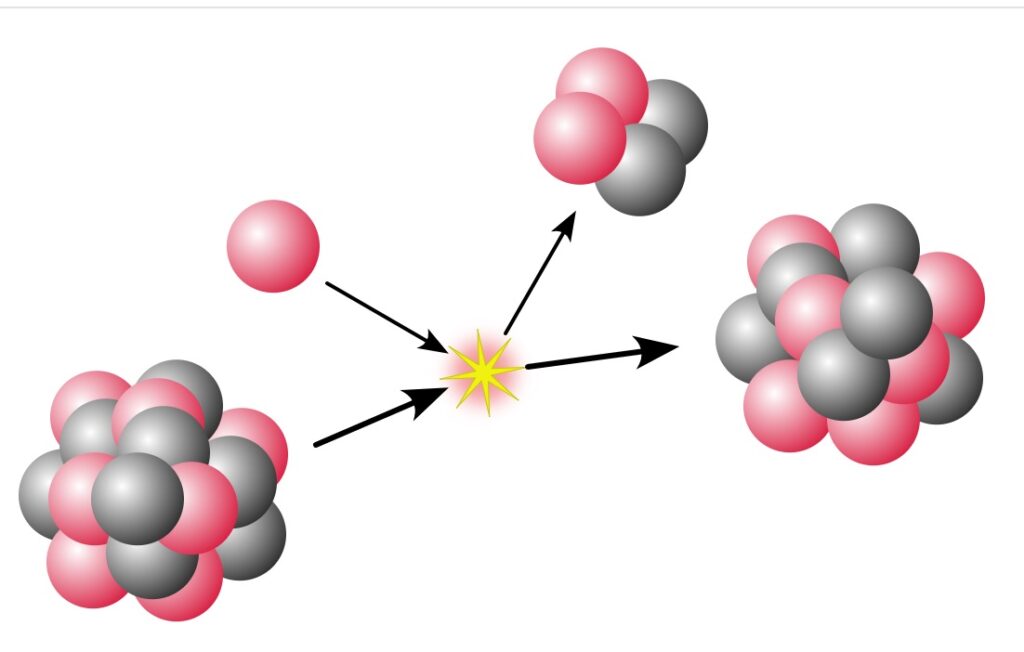
Stars Can Die in Many Forms
At the end of a star’s life cycle, a star may morph into a white dwarf, a red giant, a neutron star, or a black hole. It all depends upon the amount of mass that is contained in the star’s central core, along with the mass’s gravity.
The more mass that a body contains, the more gravity that is produced, so the more mass an object has, the more gravity that is sustained, and consequently, the more pressure on the object because of its gravitational pull.

It is this pressure that provides the extreme heat that is generated and subsequently, the fusion of atoms. The types of elements and the density that are fused determine if the dying star will be a dwarf, giant, neutron, or black hole. These rules of physics are universal.
Death Begins
Stars die when the fusion process ceases. Then, depending on its size, it will change into one of the types mentioned above.

Our sun, which is in the category called the main sequence, is not an extraordinary star by any means, although we may feel that is not the case here on Earth, as we mortals cannot even set our eyes on it for very long.
The fact remains that in comparison to other stars in our Milky Way Galaxy and other galaxies, our sun is a mere pea when equated to some of the giants in the universe.
With that said, when our sun dies, it will expand to become a red giant.
